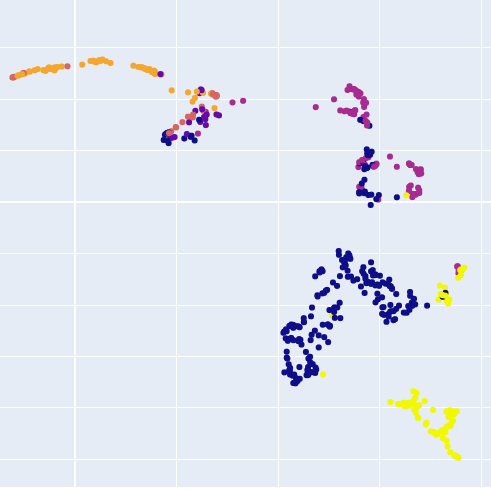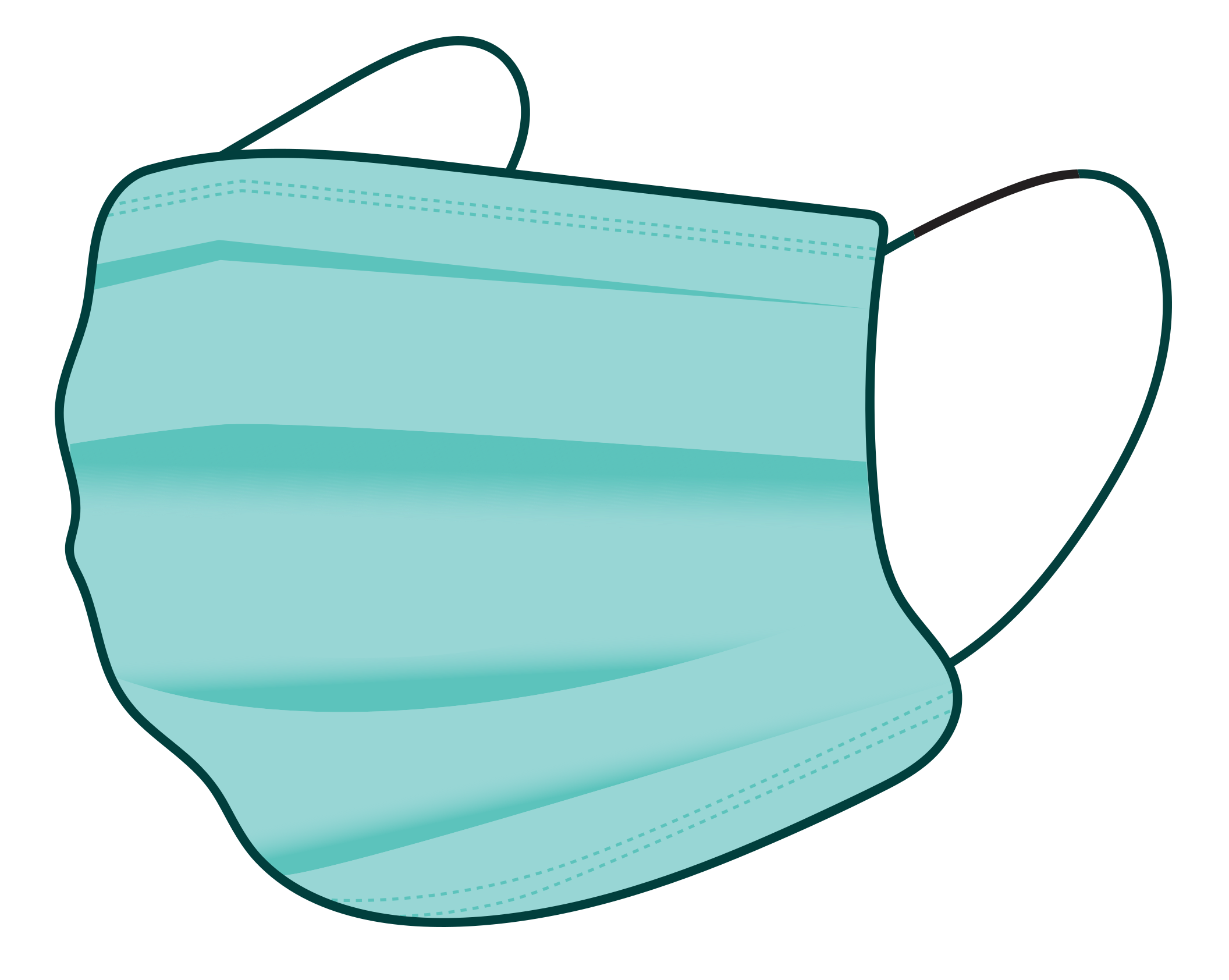I am a Deep Learning Engineer with Computer Vision and a part of research team of Department of Data Science and Engineering at Silesian University of Technology. I focus on the Artificial Intelligence in Healthcare, especially on detecting cancer via several different approaches, depending on the tissue. However, I am trying to be involved in many other areas as well, hence my three year industrial work with road data processing.
I was promoted to the Deep Learning Engineer and continued working on the computer vision related tasks.
Jun. 2023I started my Master studies on Silesian University of Technologies on interdiscplinary course, called Control, Electronic and Information Technology, with the major in Data Science. This helped me broaden the knowledge I used in the projects I worked on both in my industry job and in my research.
Mar. 2023I started working at Cufix PL. I was involved in creating solutions for object detection for autonomous vehicles as well as camera systems. We also created Polish blog on computer vision topics.
Apr. 2021I started my Bachelor studies on Silesian University of Technologies on interdiscplinary course, called Control, Electronic and Information Technology, with the major in Informatics. The studies were held in English and during that time I developed versatile skills I use to this day.
Oct. 2019
I strived to follow the scikit-learn pipelines during the algorithm implementation. To make visualization possible, I also implemented PCA algorithm. I programmed different initialization methods, as well as Dunn Index to find the optimal number of clusters. To validate the results, I wrote k-cross validation.

For this project, I started with designing the ML canvas, which helped me define the scope of the project. I implemented most of the necessary classes by myself, letting the user choose the initialization method, distance metrics, index for finding the optimal number of classes. I also implemented the PCA algorithm alongside the k-means. The whole code was consistently unit tested.

I built a simple Random Forest Classifier checking if on the face (previously detected by openCV DNN) there is a mask, correctly placed. The program marks the face as well as annotate the result. I deployed the model as Docker container with Flask. The app runs on images, as well as live stream video.
Contact me
© 2024 Anna Mrukwa